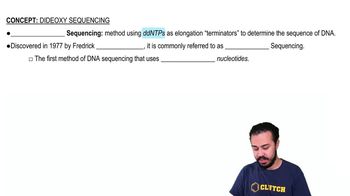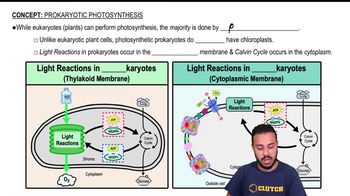Which of the following is false about scientific nomenclature?
a. Each name is specific.
b. Names vary with geographical location.
c. The names are standardized.
d. Each name consists of a genus and specific epithet.
e. It was first designed by Linnaeus.



